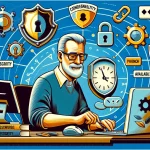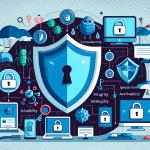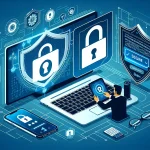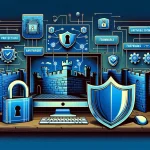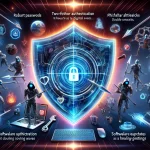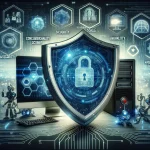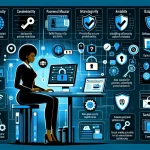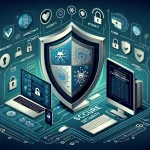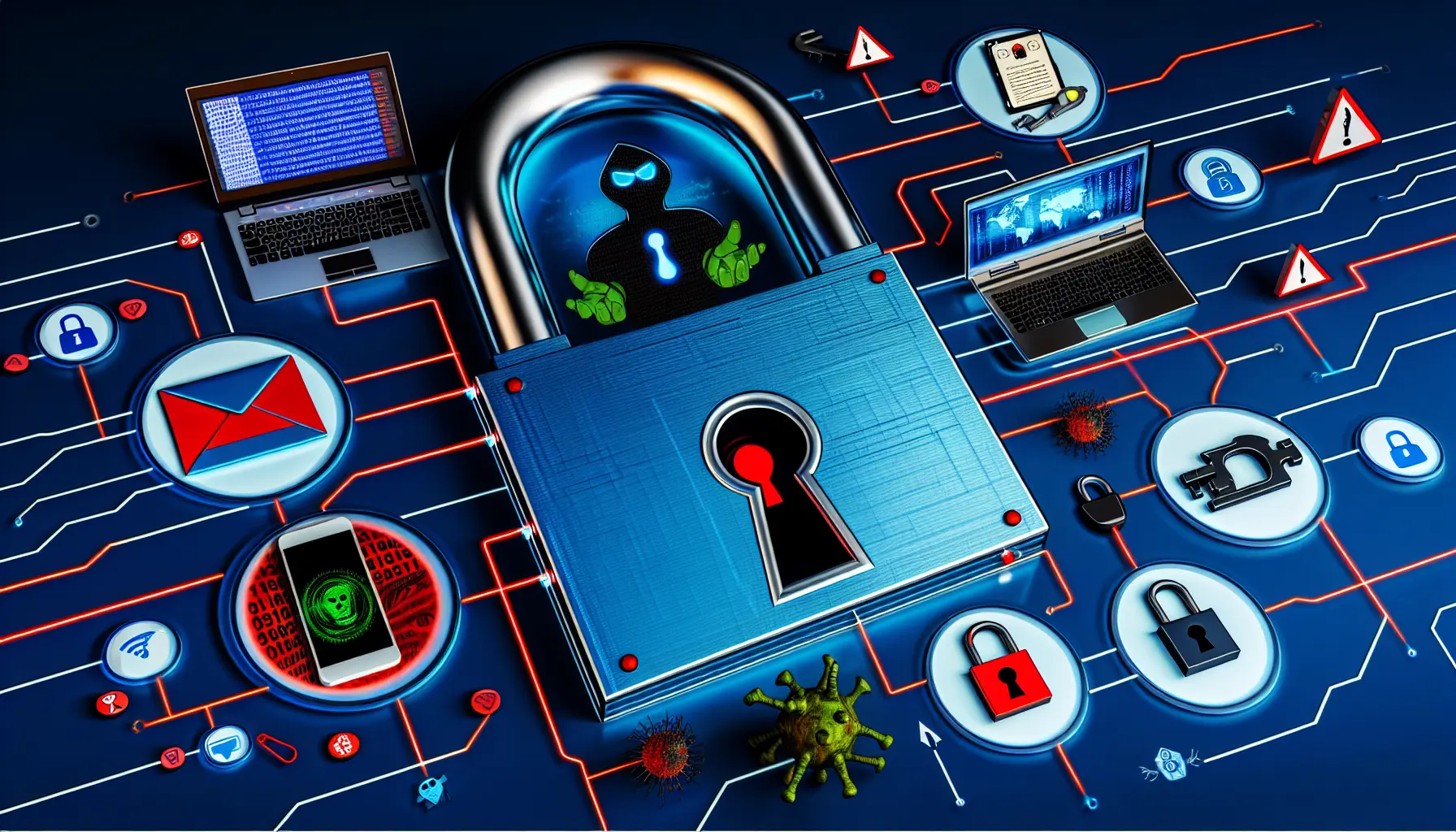
Estimated reading time: 8 minutes
Key Takeaways
- Understanding Cybersecurity: Learn what cybersecurity is and why it's crucial for everyone.
- Recognize Common Threats: Identify the main cyber threats to protect yourself online.
- Implement Essential Security Steps: Take practical actions to safeguard your digital life.
- Adopt Safe Browsing Practices: Develop habits for more secure online activities.
- Utilize Essential Security Tools: Use key tools to protect your devices and personal data.
Table of Contents
- What is Cybersecurity and Why Should You Care?
- Common Cyber Threats You Need to Watch For
- Essential Security Steps Every Beginner Should Take
- Safe Browsing Practices
- Essential Security Tools
- Protecting Your Personal Information
- Data Backup Strategies
- Taking Action: Your Next Steps
- Frequently Asked Questions
What is Cybersecurity and Why Should You Care?
Protecting your digital life has become as important as locking your front door. Cybersecurity involves safeguarding your computers, phones, and personal information from digital threats. Whether you're shopping online, checking email, or scrolling through social media, understanding basic cybersecurity principles can prevent identity theft, financial fraud, and privacy breaches.
Let's break down everything you need to know about cybersecurity for beginners in clear, actionable steps.
Common Cyber Threats You Need to Watch For
Think of cyber threats as digital burglars—they're constantly looking for ways to steal your information. Here are the main threats to guard against:
- Phishing Scams: Fake emails or messages that trick you into sharing passwords or financial details
- Malware: Harmful software that can infect your device and steal your data
- Ransomware: Software that locks your files until you pay a ransom
- Password Attacks: Attempts to crack or steal your account passwords
For more details on evolving cyber risks, check out our previous post on Cybersecurity Threats 2025: Latest Threats and Prevention Strategies.
Essential Security Steps Every Beginner Should Take
Create Strong Passwords
Your password is your first line of defense. Here's how to make it strong:
- Use at least 12 characters
- Mix uppercase letters, lowercase letters, numbers, and symbols
- Avoid personal information like birthdates or pet names
- Use different passwords for each account
Consider using a password manager like LastPass or Bitwarden to generate and store complex passwords securely. Learn more about password management in our Comprehensive Web Tutorials.
Enable Two-Factor Authentication (2FA)
Adding 2FA to your accounts creates an extra security layer. Even if someone gets your password, they can't access your account without the second verification step, typically a code sent to your phone.
Safe Browsing Practices
Verify Website Security
Before entering personal information on any website:
- Look for “https://” at the start of the web address
- Check for a padlock icon in your browser's address bar
- Be extra cautious with unfamiliar websites
Public Wi-Fi Safety
Public Wi-Fi networks can be dangerous. Always:
- Use a VPN when connecting to public networks
- Avoid accessing banking or sensitive accounts on public Wi-Fi
- Turn off automatic Wi-Fi connection on your devices
Essential Security Tools
Protect your devices with these fundamental security tools:
- Antivirus Software: Install reputable antivirus protection like Avast or AVG
- VPN Service: Use NordVPN or ExpressVPN when accessing public networks
- Password Manager: Store and generate secure passwords with LastPass or Bitwarden
Explore more about essential tech tools in our Comprehensive Web Tutorials.
Protecting Your Personal Information
Social Media Safety
Keep your personal information private on social media:
- Review and adjust privacy settings regularly
- Limit personal information in your profiles
- Be selective about friend requests and follows
- Think twice before sharing location data
Email Security
Protect yourself from email-based threats:
- Never click links in unexpected emails
- Don't download attachments from unknown senders
- Be suspicious of urgent requests for personal information
Data Backup Strategies
Protect your important files with regular backups:
- Use cloud storage services like Google Drive or Dropbox
- Keep external hard drive backups
- Set up automatic backup schedules
Taking Action: Your Next Steps
Start implementing these security measures today:
- Change weak passwords to strong ones
- Enable 2FA on your important accounts
- Install and update antivirus software
- Set up a password manager
- Create a backup system for your data
Remember, cybersecurity isn't a one-time setup—it's an ongoing practice. Stay informed about new threats and regularly update your security measures to keep your digital life safe.
Want to learn more? Check out these resources:
- Google's Security Checkup
- National Cyber Security Centre's guides
- Cybersecurity courses on Coursera or Udemy
By following these beginner cybersecurity tips and staying vigilant, you can significantly reduce your risk of becoming a cyber attack victim.
Frequently Asked Questions
What is Cybersecurity?
Cybersecurity is the practice of protecting systems, networks, and programs from digital attacks. These attacks aim to access, change, or destroy sensitive information, extort money, or interrupt normal business processes.
Why is cybersecurity important for individuals?
Cybersecurity is crucial for individuals to protect personal data from theft and misuse. It helps prevent identity theft, financial loss, and privacy breaches.
How can I create strong passwords?
Create passwords that are at least 12 characters long, using a mix of uppercase and lowercase letters, numbers, and symbols. Avoid using easily guessable personal information and use different passwords for each account.
What is two-factor authentication (2FA)?
Two-factor authentication adds an extra layer of security by requiring two forms of verification before granting access to an account, typically something you know (password) and something you have (a code sent to your phone).
How do I know if a website is secure?
Look for “https://” at the beginning of the URL and a padlock icon in the browser's address bar. These indicate that the website uses encryption to protect your data.
